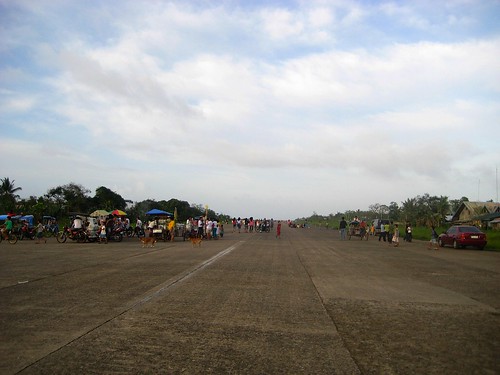 The Philippine Monopoly
The Philippine Monopoly
In a rumbustious speech to the Aviation Club of Great Britain last week, James Hogan, CEO of Etihad Airways, said opportunity was knocking for Middle East carriers.
While others suffered, airlines like Etihad, Qatar Airways and Emirates were actually benefitting from the global downturn and sharp fall in demand. More travellers, especially those who travel first or business class, were choosing to fly with these carriers.
Mr Hogan said Middle East airlines were showing an "increasing ability to win and retain first and business class travellers" which would benefit the region's carriers.
"Until today, the first choice of many travellers to the Middle or Far East is to pick their national airline or one of the Asian ‘service brands'. That trend has started to shift - and the current downturn gives the Gulf carriers the chance to become the world's new ‘service brands' and reshape the sector."
This feeling that Middle East carriers are on an unstoppable rise was echoed, although more as a warning, by Dr Michael Whitesage, president of the Prism Group. Writing in an American business travel magazine, he said: "Flying a Middle Eastern airline gives us an idea of the competition to come: new equipment, motivated staff and enviable service."
The figures more than back up this upsurge. Over the last six months, statistics from the International Air Tansport Association (IATA) have consistently reported that the Middle East was the one region bucking the global trend of falling demand, capacity and loads.
The latest figures for March, issued this week, are no different. A continuing decline in capacity had spearheaded an 11.1% drop in passenger demand and a 4.4% fall in load to 72.1% compared with March 2007.
But the figures for the Middle East were a 4.7% rise in passenger traffic, compared with 0.4% in February, and a 13.1% rise in capacity. The load factor fell by 7.6% to 69.7%. IATA noted: "Middle Eastern carriers were the only ones to experience growth in March. This ....represented an expansion of market share. But this was out of balance with the 13.1% increase in capacity."
There are two points here which should give other airlines reasons to ponder. While just about every major airline in the world is cutting capacity, those in the Middle East are relentlessly increasing theirs. This growth in a soft market is enabling them to take more of the market share.
This growth has taken place in the middle of a recession which gives the ominous impression that the downturn is of no consequence or concern to airlines propelled by countless billions of oil money.
Emirates, the national airline of Dubai and wholly owned by the Dubai government, announced in February that it planned to increase its flights by 14% in 2009. This included new services and increased frequencies. It now runs, as an example, a service to Auckland in New Zealand and 63 flights a week to Australia. Its passenger figures rose by 11% from 2007 to 2008 with the airline now carrying 22m passengers a year.
Etihad, the airline of the United Arab Emirates, launched in2003 under a royal decree, said it planned a 20% increase in its 2009 summer programme compared with 2008. It has also launched new services from Abu Dhabi to Melbourne and added extra flights to Kuala Lumpur.
Gulf Air, the national carrier of Bahrain, also announced a larger programme including increased frequencies to Kuala Lumpur and Manila, capital of the Philippines.
Qatar Airways, the national carrier of Qatar, announced plans to start flights this year to Melbourne, Sydney, Goa and Amritsar. It also increased frequencies to Kuala Lumpur and Manila.
There is a pattern here with the Middle East carriers, along with many air analysts, seeing the Asia and Pacific as the regions with the most potential for growth. Their assault is well timed as some carriers in the region are suffering enormously in the downturn.
Singapore Airlines (SIA) reported a 23% drop in passengers in March compared with the same month in 2008 with its load factor falling from 80.8% to 69.4%. The airline has cut capacity by 11% and reduced services to the UK, India, South East Asia, mainland China, Japan, Australia and North America.
Qantas, expecting its worst results for six years, has cut frequencies, staff and capacity as well as postponing the purchase of new aircraft.
Cathay Pacific, which reported a record loss of $1.1bn for 2008, is cutting capacity by 8%, laying off staff and deferring spending projects.
The growth of low cost carriers in the region is also hitting the legacy airlines. One AirAsia is even running a long haul service from Kuala Lumpur to London.
At the Pacific Asia Travel Association Conference in Macau earlier last month, Andrew Herdman, director general of the Association of Asia Pacific Airlines, said: "It (low-cost travel) is doing extremely well at the moment as passengers move to the back of the plane to save on flight costs."
He also pointed out low-cost carriers are bucking the trend among full-service airlines by adding frequencies and routes.
In the past several weeks, budget carriers have been aggressive not only in coming out with new low fares but have also began increasing flight frequencies and adding new routes.
Singapore-based budget carrier Tiger Airways, which has 56 aircraft on order, kicked off its new Singapore-Jakarta service a month ago, as air routes across the Asean region opened up. It is set to introduce its Melbourne-Sydney route in July.
With legacy carriers reeling, the Middle East airlines, which seem to suffer no such financial problems, are well placed to pick up passengers who can no longer get the flights they want from the likes of SIA or Cathay.
The Middle East's move into Asia is a trend that is likely to continue as the Far East has a huge number of potential passengers. Mr Hogan in his London speech made pointed reference to the region's hundreds of millions of passengers.
No other airlines, at least at the moment, seem able let alone willing to step up their operations in the area which gives the Middle East carriers a clear run. The next few years could see them taking an increasingly prominent position in aviation.
The Boeing International Corporation certainly thinks so. Just recently, it upwardly revised its forecast of expansion by Middle East carriers, estimating it will grow by 40% in the next two decades.
Three years ago the Boston Consulting Group, remarking on the rise of the Middle East "juggernaut", advised other airlines to see which routes they were likely to move in on. If the advice was heeded, it does not seem to have made much difference as Middle East carriers are strikingly stronger now than they were in 2006.
The Boston Group also predicted that if Emirates continued expanding at its current rate, it would become the "world's largest long-haul carrier by 2012". That is another forecast that might need revising.[ABT]

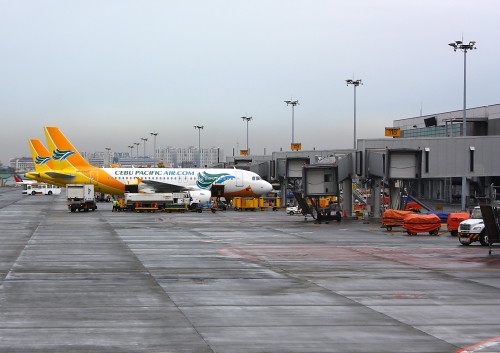 Manila - DOMESTIC passenger air traffic from January to March this year rose by 21 percent to 3.40 million compared with 2.76 million in the same period a year ago aided by the airline’s aggressive pricing strategies, data from the Civil Aeronautics Board (CAB) showed.
Manila - DOMESTIC passenger air traffic from January to March this year rose by 21 percent to 3.40 million compared with 2.76 million in the same period a year ago aided by the airline’s aggressive pricing strategies, data from the Civil Aeronautics Board (CAB) showed.
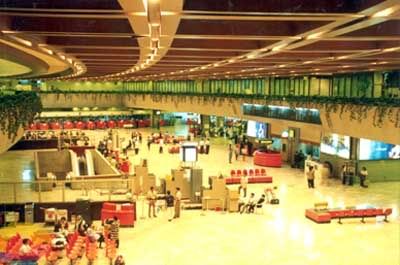
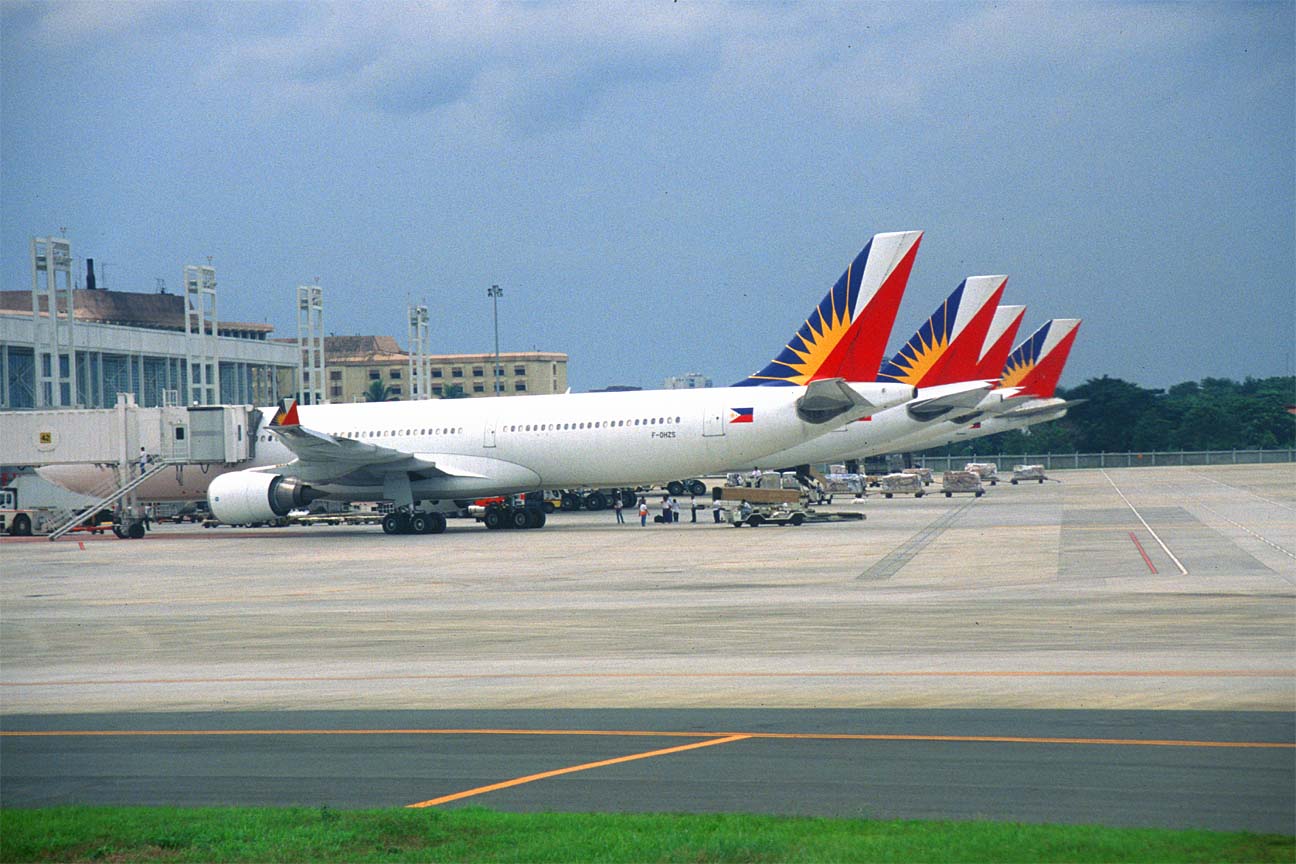






 Philippine Airlines
Philippine Airlines
 However, he has not set a time frame for the expansion of AirAsia in Vietnam as they are still working with its local partner.
However, he has not set a time frame for the expansion of AirAsia in Vietnam as they are still working with its local partner.












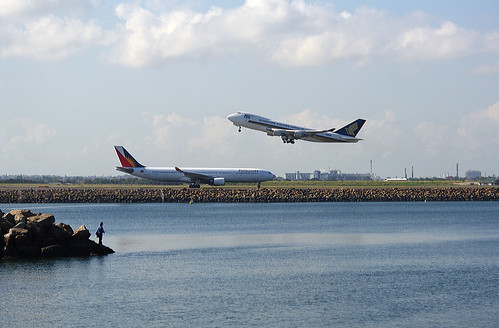
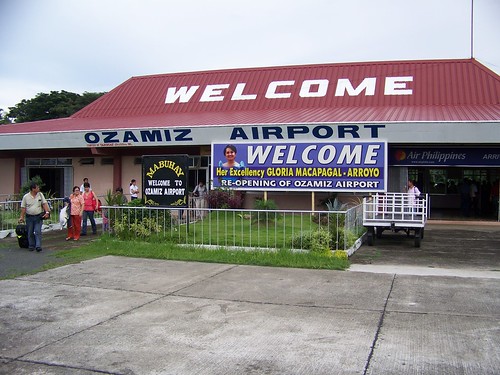




 By
By 